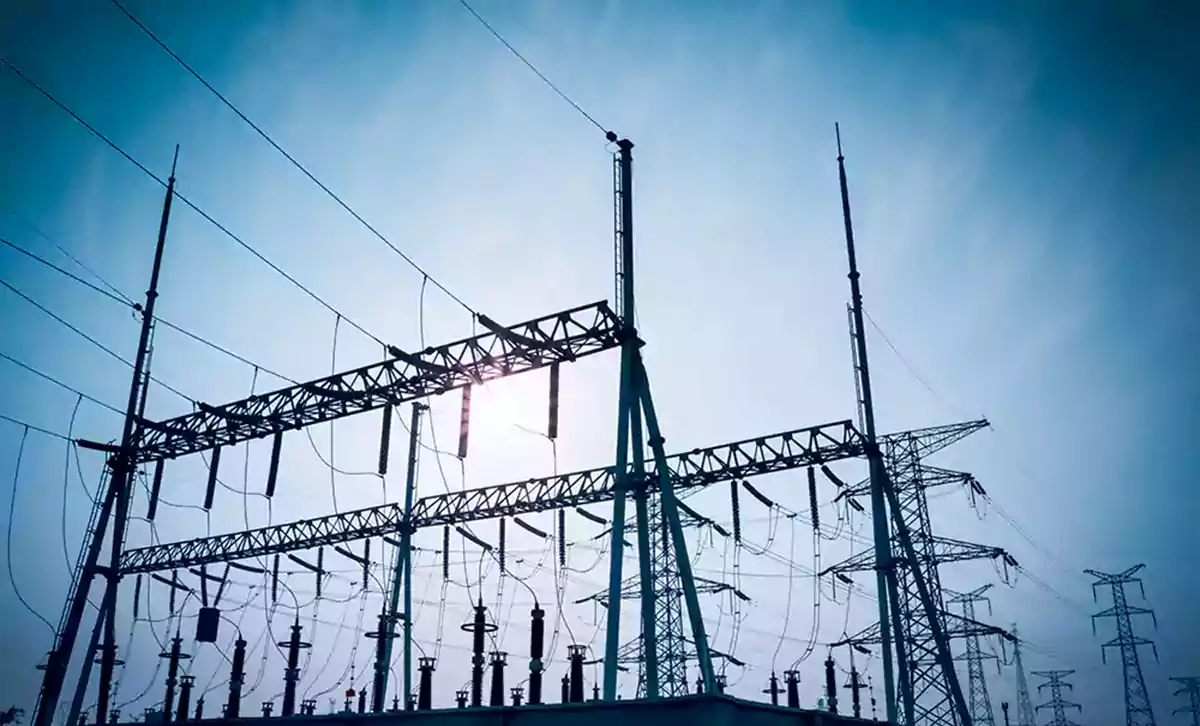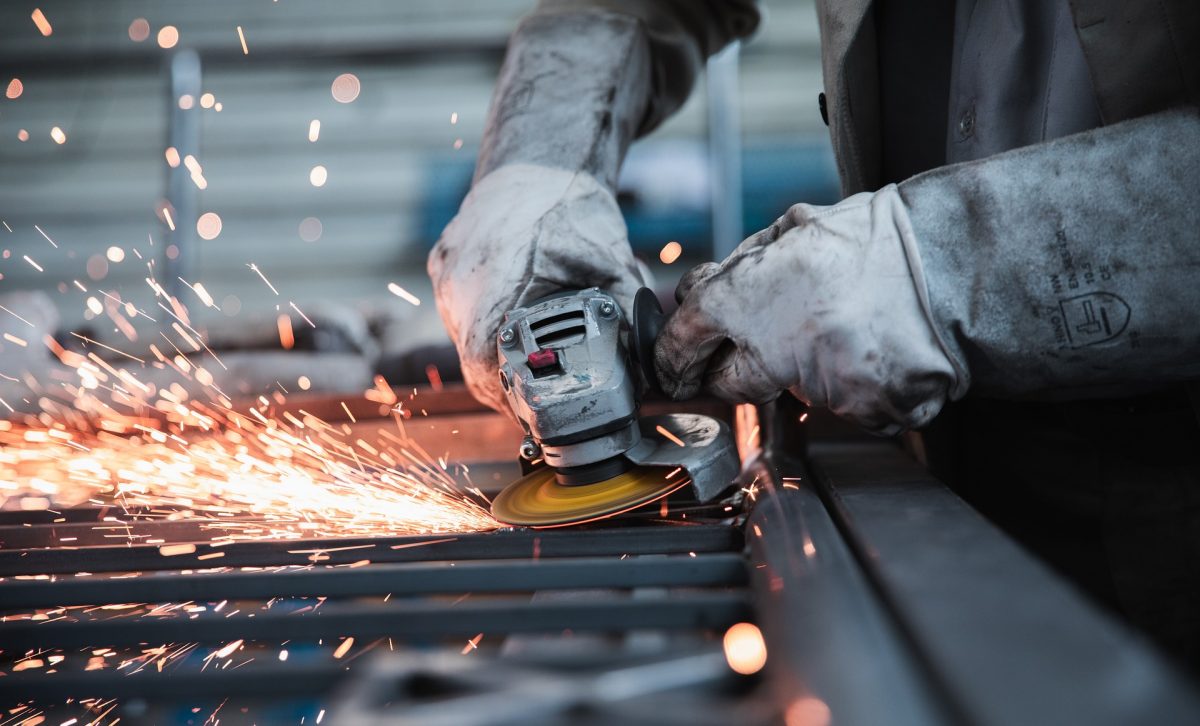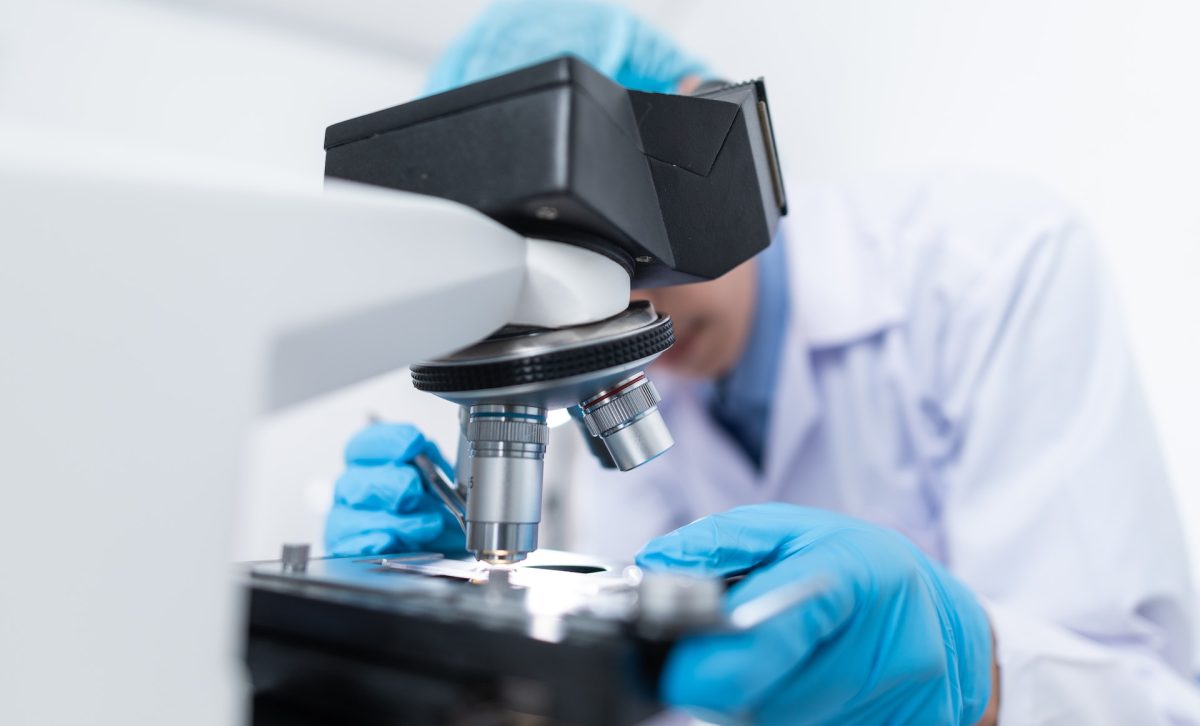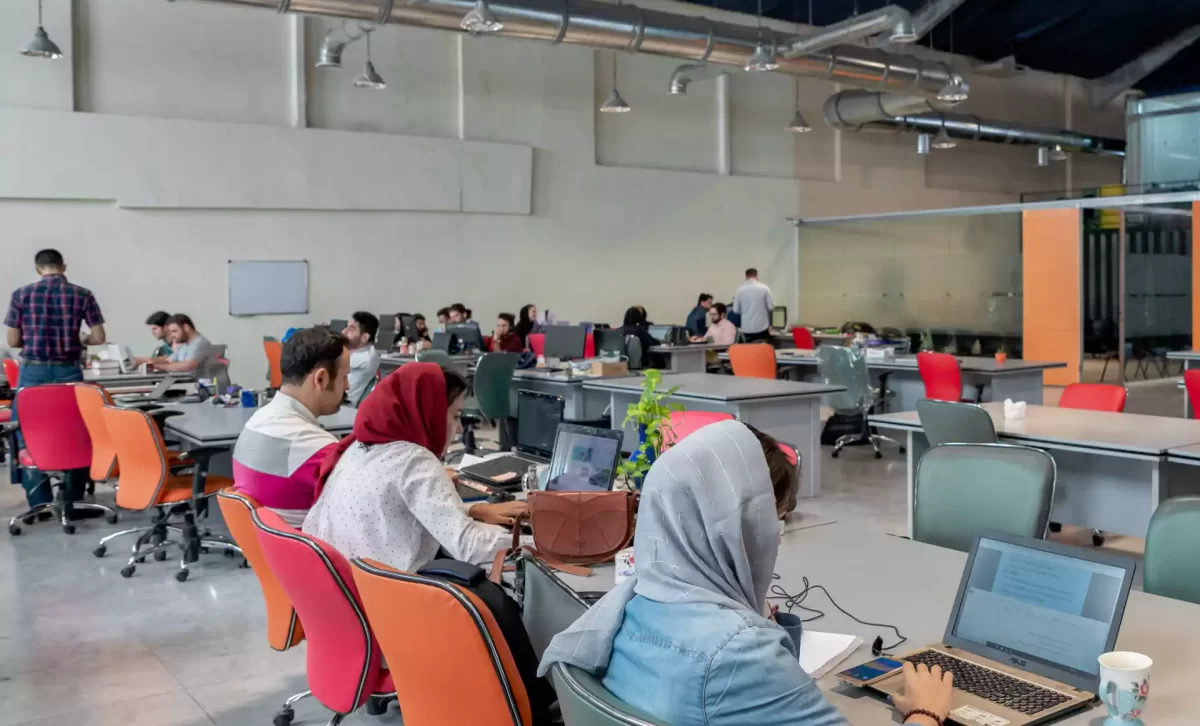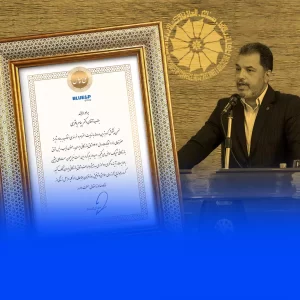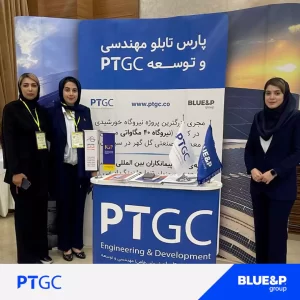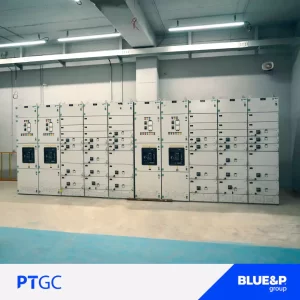If you have enough wind resources in your area and the situation is right, Small Wind Electric Systems are one of the most cost-effective home-based renewable energy systems — with zero emissions and pollution.
Small Wind Electric Systems can:
Lower your electricity bills by 50%–90%
Help you avoid the high costs of having utility power lines extended to a remote location
Help uninterruptible power supplies ride through extended utility outages.
Small Wind Electric Systems can also be used for a variety of other applications, including water pumping on farms and ranches.
How does a Small Wind Electric System work?
Wind is created by the unequal heating of Earth’s surface by the sun. Wind turbines convert the kinetic energy in wind into clean electricity. When the wind spins the wind turbine’s blades, a rotor captures the kinetic energy of the wind and converts it into rotary motion to drive the generator.
A small wind system can be connected to the electric grid through your power provider or it can stand alone (off-grid). This makes Small Wind Electric Systems a good choice for rural areas that are not already connected to the electric grid.
Small Wind Electric System Components
A wind electric system is made up of a wind turbine mounted on a tower to provide better access to stronger winds. In addition to the turbine and tower, Small Wind Electric Systems also require balance-of-system components.
Turbines
Most small wind turbines manufactured today are horizontal-axis, upwind machines that have two or three blades. These blades are usually made of a composite material, such as fiberglass.
The turbine’s frame is the structure onto which the rotor, generator, and tail are attached. The amount of energy a turbine will produce is determined primarily by the diameter of its rotor. The diameter of the rotor defines its “swept area,” or the quantity of wind intercepted by the turbine. The tail keeps the turbine facing into the wind.
Towers
Because wind speeds increase with height, a small wind turbine is mounted on a tower. In general, the higher the tower, the more power the wind system can produce.
Most turbine manufacturers provide wind energy system packages that include towers. There are two basic types of towers: self-supporting (free-standing) and guyed (supported with wires). There are also tilt-down versions of each tower type.
While tilt-down towers are more expensive, they offer an easy way to perform maintenance. Tilt-down towers can also be lowered to the ground during hazardous weather such as hurricanes.
Balance of System Components
The balance-of-system parts you’ll need for a Small Wind Electric System — those in addition to the wind turbine and the tower — will depend on your application. For example, the parts required for a water pumping system will be much different from what you need for a residential application.
The balance-of-system parts required will also depend on whether your system is grid-connected, stand-alone, or hybrid.
Manufacturers and installers can provide you with a system package that includes all the parts you need for your particular application. For a residential grid-connected application, the balance-of-system parts may include the following:
A controller
Storage batteries
An inverter (power conditioning unit)
Wiring
Electrical disconnect switch
Grounding system
Foundation for the tower.
source : energy.gov
